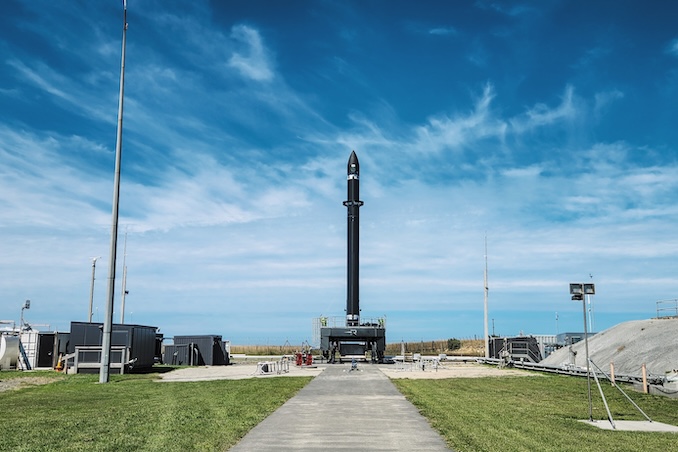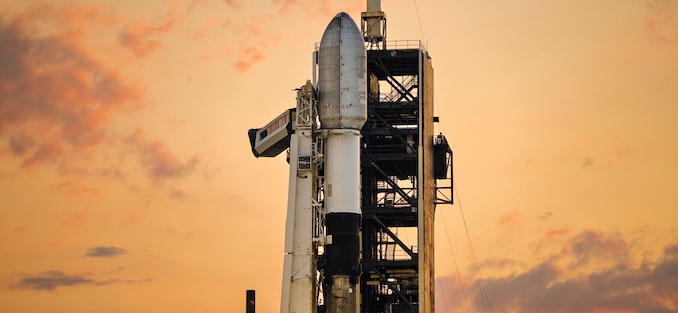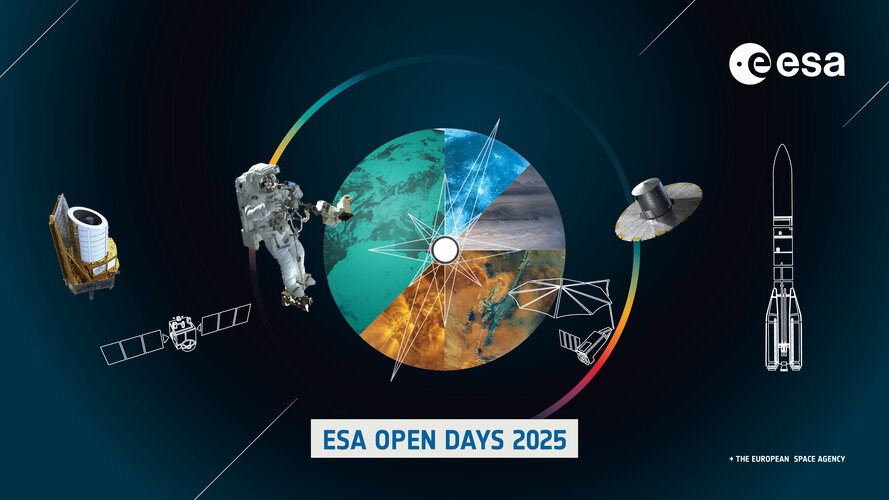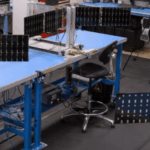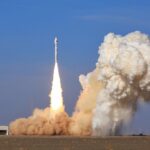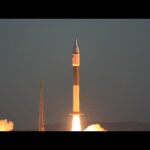Now Reading: Live coverage: SpaceX to launch Falcon 9 rocket on rideshare mission from Vandenberg SFB
-
01
Live coverage: SpaceX to launch Falcon 9 rocket on rideshare mission from Vandenberg SFB
Live coverage: SpaceX to launch Falcon 9 rocket on rideshare mission from Vandenberg SFB
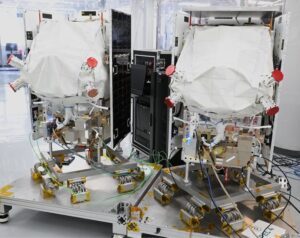

SpaceX is preparing for its 37th Falcon 9 rocket launch from Vandenberg Space Force Base this year. The orbital flight features an Italian defense satellite along with nine other rideshare payloads.
The mission featuring OHB Italia’s NAOS (National Advanced Optical System) spacecraft will fly on a southerly trajectory after taking off from Space Launch Complex 4 East. Liftoff is targeted for Tuesday at 11:53 a.m. PDT (2:53 p.m. EDT / 1853 UTC), the first opportunity in a 27-minute window.
Spaceflight Now will have live coverage beginning about 30 minutes prior to liftoff.
SpaceX will use Falcon 9 first stage booster B1063 to launch the mission, which is flying for a 27th time. Its previous flights included NASA’s Double Asteroid Redirection Test (DART) spacecraft, the Transporter-7 rideshare and three missions for the National Reconnaissance Office.
Around eight minutes after liftoff, B1063 will return to Landing Zone 4, near the launch site, for a propulsive touchdown. If successful, this will be the 28th landing at LZ-4 and the 493rd booster landing to date.
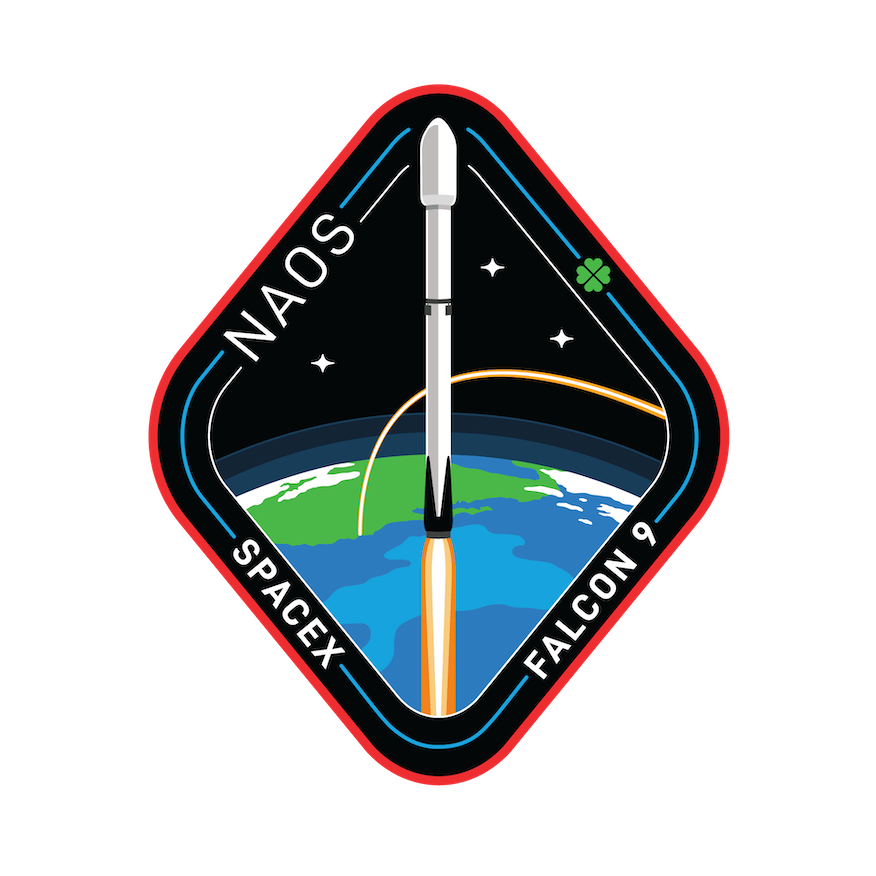
Luxembourg in space
The main satellite on this mission is the NAOS spacecraft, which is designed for use by the government and military of Luxembourg. The satellite is an Earth-observing vehicle designed to capture up to 100 very high resolution images daily and features a panchromatic and multispectral camera.
The satellite, also referred to as LUXEOSys, will orbit the Earth 15 times per day in a low Earth orbit at an altitude of 450 km (280 mi). It was manufactured by OHB Italia and has a planned service life of seven years, with the potential for a three-year extension of that.
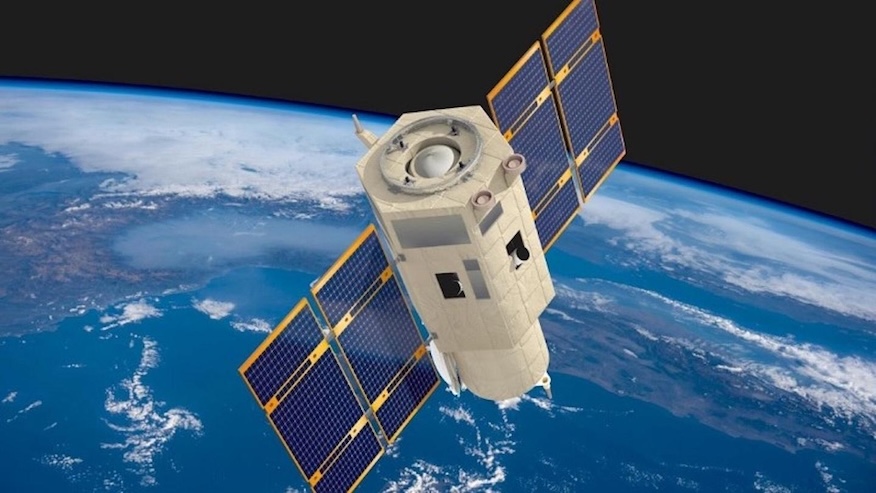
NAOS is expected to have a minimum response time of about 17 hours between a specific image being requested and it being delivered. It was transported from OHB Italia’s facilities to the Airbus Space Test Facility in Toulouse for environmental testing back in May 2023.
The NAOS satellites was originally supposed to launch on a Vega-C rocket from French Guiana, but the Government of Luxembourg decided to switch to SpaceX’s Falcon 9 following the failure of the VV22 mission in December 2022.
Hitching a ride
Joining the NAOS satellite are nine other rideshare payloads from multiple countries, including the United States and India.
Earth-imaging company, Planet, is sending up two more of its Gen 1 Pelican satellites, designed to provide “up to 40 cm class resolution imagery across 6 multispectral bands optimized for cross-sensor analysis.”
The company is planning for “several” Pelican launches this year after announcing in July that its production line for both Pelican and Tanager satellites is now “fully ramped and operational.”
“Building on our recently-announced satellite service partnerships in Asia and Europe, we’ve ramped up production of our Pelican fleet,” said Will Marshall, Co-Founder and CEO of Planet, in a statement. “Launching these additional satellites enables us to more rapidly respond to market needs. With high resolution, low latency, and NVIDIA’s lightning-fast GPU onboard, Pelicans are the optimal satellites to meet the demands of the AI transformation.”
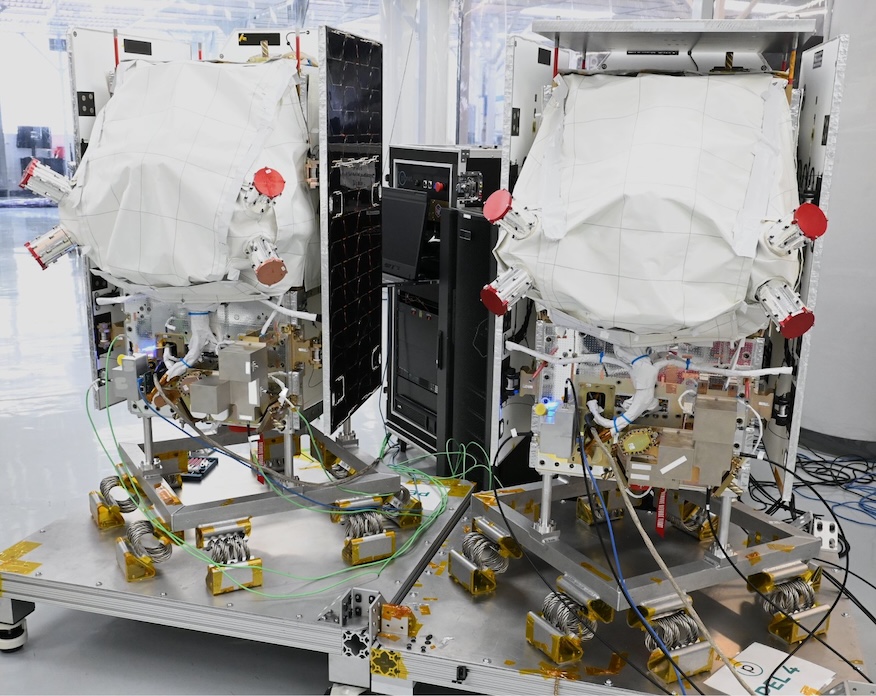
Also sharing the Falcon 9 rocket are seven other satellites. Those include the first commercial satellite from India-based Dhruva Space, LEAP-1, using its P-30 satellite bus, and six satellites managed by Germany-based Exolaunch.
- Capella Space – Acadia-6
- Pixxel – 3 Firefly satellites (FFLY-1, -2, -3)
- Undisclosed – 2 satellites for “an undisclosed U.S. commercial customer
“With this new mission, we’re not only contributing to the growth of the world’s most advanced satellite constellations for our customers, but thanks to SpaceX we’re also expanding valuable new launch capacity beyond traditional Transporter missions,” said Jeanne Allarie, Chief Commercial and Marketing Officer of Exolaunch.
“We’re proud to continue enabling fast, reliable access to space for industry leaders like Capella Space, Pixxel and more — and we are grateful to SpaceX for making additional missions available to our long-standing customers.”
LEAP-1 FLIES TONIGHT!#DhruvaSpace‘s first commercial satellite venture built on the P-30 satellite bus is hosting two innovative In-Orbit Demonstration (IOD) payloads developed by Australia-based @AkulaTech and @EsperSats.
Scheduled for launch aboard #SpaceX’s Falcon 9… pic.twitter.com/0JeH0OMa1w
— Dhruva Space (@DhruvaSpace) August 26, 2025
Stay Informed With the Latest & Most Important News
Previous Post
Next Post
-
 012024 in Review: Highlights from NASA in Silicon Valley
012024 in Review: Highlights from NASA in Silicon Valley -
 02Panasonic Leica Summilux DG 15mm f/1.7 ASPH review
02Panasonic Leica Summilux DG 15mm f/1.7 ASPH review -
 03From Polymerization-Enabled Folding and Assembly to Chemical Evolution: Key Processes for Emergence of Functional Polymers in the Origin of Life
03From Polymerization-Enabled Folding and Assembly to Chemical Evolution: Key Processes for Emergence of Functional Polymers in the Origin of Life -
 04How New NASA, India Earth Satellite NISAR Will See Earth
04How New NASA, India Earth Satellite NISAR Will See Earth -
 05And Thus Begins A New Year For Life On Earth
05And Thus Begins A New Year For Life On Earth -
 06Astronomy Activation Ambassadors: A New Era
06Astronomy Activation Ambassadors: A New Era -
07SpaceX launch surge helps set new global launch record in 2024












